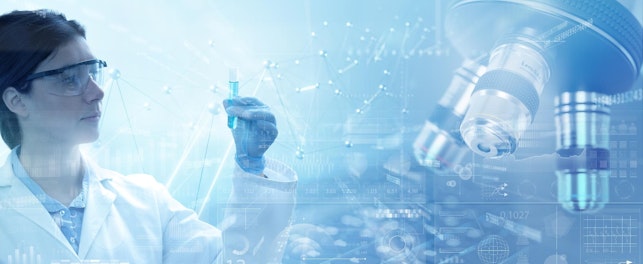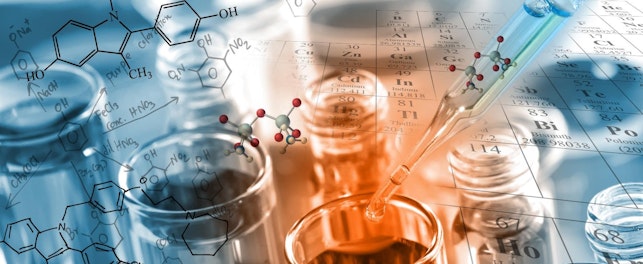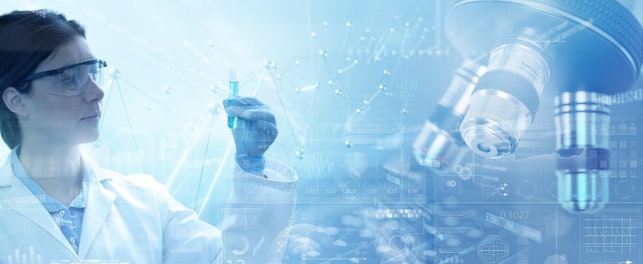As part of the global goal of zero emissions by 2050 and the process of decarbonizing the economy, initiatives have been established, both at European and national level, in order to drastically reduce emissions through clean and sustainable energies, including hydrogen and gases from renewable sources.
In the railway sector, new traction technologies based on hydrogen and renewable gases are a sustainable and efficient alternative for those railway sections that are not electrified and currently require fossil fuels for their operation. For example, in Spain, where European Union funding has been directed, there are still more than 4,000 kilometers of unelectrified railway tracks, operated by more than 250 diesel trains and locomotives, and as a result, only 60% of the energy consumed by the railway sector is electric.
The main priority in the development of hydrogen and renewable gas technology in the railway sector is to ensure its safety, both in the rolling stock itself and in the infrastructure and supply logistics necessary for its operation. New propulsion systems and their corresponding operation must be at least as safe as current railway systems. To this end, the correct and exhaustive application of the current regulatory and normative framework is essential. In Europe, the Interoperability and Safety Directives have been the two fundamental benchmarks on which the high safety indexes in the current railway system have been based.
Given the complexity of assessing the real risks of new fuels, experts at SGS, RENFE, ENAGAS and SEGULA, in collaboration with different experts and technology centers such as the CNH2 National Hydrogen Centre, considered it necessary to deepen the study of the behavior of hydrogen and renewable gases in an environment as complex and specific as the railway one. The approach adopted to carry out a risk assessment and acceptance in this environment included theoretical studies, analyses and simulations, and experimental testing in laboratories and similar environments or systems to analyze behavior in real conditions.
It is for this reason that SGS Manufacturing and Processing services, together with RENFE, ENAGAS, SEGULA and CNH2, have put together this white paper: The Use of Alternative Fuels in the Railway Sector.
In this report, we discuss:
- The decarbonization process
- Initiatives in the railway sector
- Application of the safety process
- Specific studies and analyses
Download the white paper here.
For further information, please contact:
David de Bustos Ferrero
Global Market Manager Rail
t: +34 637 23 65 93
About SGS
We are SGS – the world's leading testing, inspection and certification company. We are recognized as the global benchmark for sustainability, quality and integrity. Our 99,600 employees operate a network of 2,600 offices and laboratories, working together to enable a better, safer and more interconnected world.



